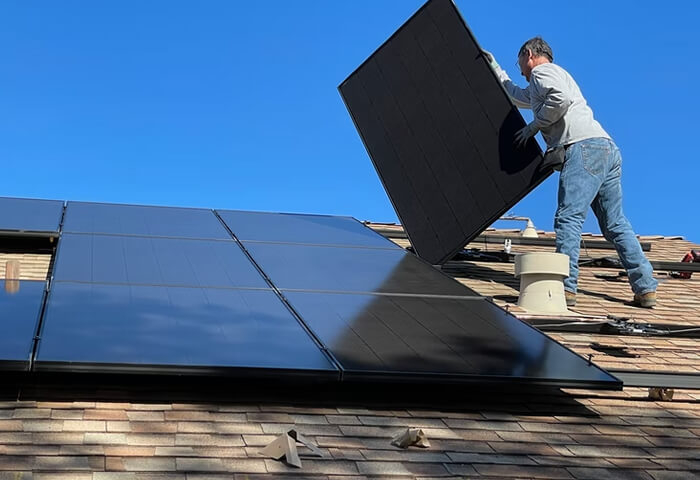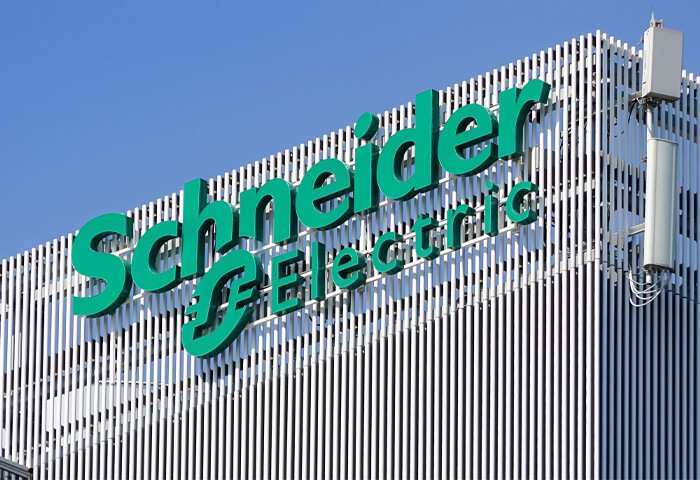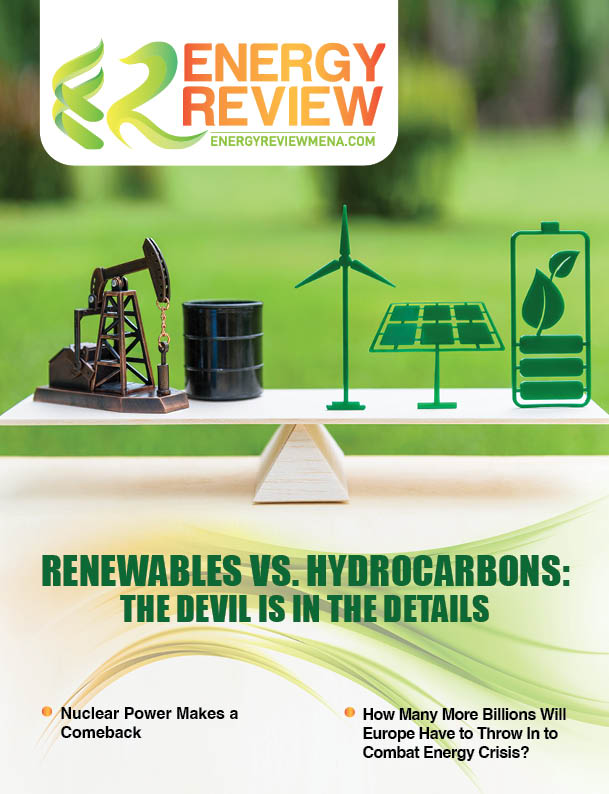The news of massive wildfires and floods across swathes of Europe and the US recently flashed on our televisions and mobile screens, as the heat-wave-induced flames consumed homes, farmlands and lives.
Such recent incidents have led the head of the European Space Agency (ESA) to warn of economic damage from heatwaves and drought and call for urgent action to tackle climate change. Joseph Aschbacher noted that successive heatwaves were shrinking rivers and raising land temperatures.
In another startling revelation, the Copernicus Climate Change Service (C3S) – a satellite monitoring group for the European Union – recorded that the Antarctic sea ice extent reached its lowest value for July in the 44-year satellite data record’s history, at 7% below average, well below the previous record. The C3S also said that globally, July 2022 was one of the three warmest Julys on record – close to 0.4°C above the 1991-2020 reference period.
Climate change is one of the pressing issues of the twenty-first century. The factors contributing to it are varied and complex. However, the present global warming situation is appropriately discussed in tandem with the problem of carbon emission pollution and the gradual replacement of fossil fuels with renewable forms of energy. As such, the race to net zero emissions will redefine global energy security and shift the focus from the supply of fossil fuels to the supply of the minerals, materials and manufacturing capacity needed to deliver clean energy technologies. Moreover, changes in global energy supply chains brought on by the Covid-19 pandemic and Russia’s invasion of Ukraine have seen soaring prices of oil, gas and coal, as well as shortages of semiconductors and the critical minerals needed to manufacture clean energy technologies. The current energy crisis conundrum poses a bleak uncertainty for near-term economic prospects; however, it is also warranting the much-needed attention of systematically shifting away from fossil fuels to cleaner energy through investment, proactive policy and collaboration to bring clean energy technologies to the fore.
The International Energy Agency‘s Securing Clean Energy Technology Supply Chains evaluates current and future supply chain needs for key technologies – including solar PV, batteries for electric vehicles and low emissions hydrogen – and provides a framework for governments and industry to identify, assess and respond to emerging opportunities and vulnerabilities.
Building secure, resilient and sustainable supply chains for clean energy technologies calls for decisive action around the world. IEA identifies five key areas, or pillars, where governments and industry can collectively prioritize action to lower the risk of and vulnerability to major supply disruptions:
- Diversifying Supply Chains: Supply chain concentration among a small number of production facilities, firms, countries or regions is restrictive and thus a primary risk for clean energy technologies. Supply chain diversity – at the level of firms, geographies and technologies – is needed to ensure that supply chains are resilient to any shocks and that supplies remain secure.
- Accelerating Clean Energy Transitions: The next decade will be critical. Any delays in rolling out solar PV, EV and hydrogen technologies will mean that reaching net zero by 2050 will become increasingly more difficult.
- Innovating Clean Energy Technologies: There is an urgent need to commercialize technologies that are currently in the demonstration or prototype stages. The use of advanced digital technologies – including blockchain, artificial intelligence, data analytics, the Internet of Things and automation – can help companies at different stages of the supply chain improve their responsiveness, transparency and efficiency.
- Collaborating on Clean Energy Supply Chains: Addressing the multiple challenges presented by the clean energy transition requires focusing on transparent public dialogue, developing programs to boost skills in emerging industries and supporting the growth of new job opportunities in more sustainable economic activities.
- Investing in Clean Energy: Investment in clean energy needs to increase enormously over the rest of the current decade for the world to get on track for net zero emissions by 2050. The $1.4 trillion that is expected to be spent on clean energy technologies and efficiency worldwide in 2022 remains far below what is required in the Net Zero Emissions by 2050 Scenario, set at almost $5 trillion in 2035, falling to $4.5 trillion in 2050.
The IEA’s Net Zero Emissions by 2050 Scenario sets out an energy pathway consistent with limiting the global temperature increase to around 1.5 degrees Celsius. The huge increase in the deployment of solar PV, EVs and low-carbon hydrogen in that outline calls for rapid growth in the manufacturing of these technologies, as well as the production of essential material and mineral inputs. Industry, stakeholders and the government will need to focus on what is needed to best develop and expand clean energy technology supply chains to achieve net zero emissions across a broad range of technologies.
As a move in the right direction, the United States Senate has passed the Inflation Reduction Act – a $430 billion boost for climate change and healthcare. Observers say that this is could be the “most consequential climate law” ever passed in the US if cleared by the House. The $370 billion set aside for climate-focused spending is aimed at encouraging businesses and individuals to utilize incentivized investments in electric vehicles, energy-efficient appliances and wind and solar power that would double the amount of new, clean electricity-generating capacity coming online in the United States by 2024. Experts have estimated the climate provisions of the bill will reduce America’s planet-heating emissions by about 40% by 2030, compared with 2005 levels. US emissions peaked in 2005 at just below 6,000 million tonnes of CO2 (MtCO2). The package also has provisions for tax credits for renewable energy production ($51 billion), nuclear production ($30 billion), clean electricity investment ($51 billion) and clean electricity production ($11 billion).
Important lessons can be drawn from established markets and technologies such as solar photovoltaics (PV) – where China has secured a dominant position at each step of the global supply chain – to shape emerging markets for batteries, low-emissions hydrogen and other technologies vital to the clean energy transition.









